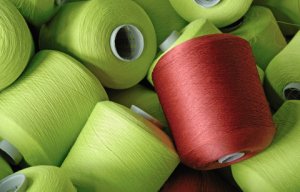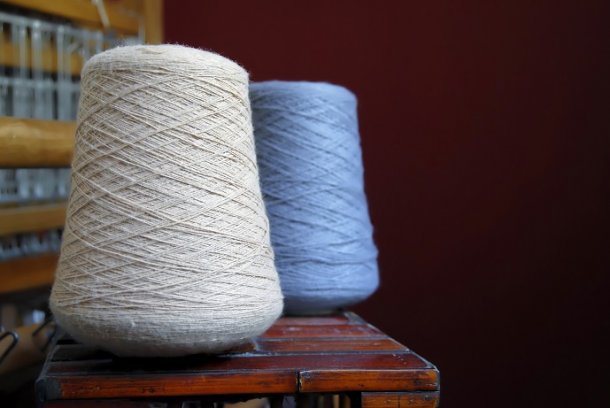
Unifi acquires dyed yarn business of National Spinning
Global yarn and thread market to reach USD 159.59 billion by 2030.

7th May 2025
Knitting Industry
|
New York City
A new market intelligence report projects robust growth in the global yarn, fibre and thread market, forecasting a rise from USD 115.76 billion in 2024 to USD 159.59 billion by 2030. This represents a compound annual growth rate (CAGR) of 5.49%, driven by sustainability trends, technological innovation and increasing consumer demand for high-performance textiles.
The In-Depth Report: Yarn Market Dynamics and Future Outlook 2030 from 360iResearch provides a comprehensive analysis of industry developments, including the adoption of digitised supply chains, improvements in raw material processing and significant investments in advanced production technologies.
Natural fibres such as cotton, hemp, linen, silk and wool continue to hold a strong market share, alongside synthetic fibres like polyester, rayon and acrylic. The report also highlights production advancements across bleaching, dyeing, printing, knitting (warp and weft), and spinning techniques (open-end, ring, and rotor).
Key market challenges include balancing legacy manufacturing practices with innovation, adapting to evolving consumer expectations, and complying with diverse regional regulations.
Market segmentation extends across diverse applications including apparel, home textiles and technical textiles used in automotive, healthcare, geotextiles and protective clothing sectors. Both individual consumers and industrial end users contribute to market demand, accessed through both online and offline distribution channels.
Notable companies featured in the report include Coats Group plc, Gütermann GmbH, Lenzing AG, MADEIRA Garnfabrik, Lion Brand Yarn Company, Aurifil, Parkdale, Incorporated, Indorama Corporation, DuPont de Nemours, Inc., and Eastman Chemical Company, among others.
The report offers strategic insights for businesses navigating the evolving yarn and textile landscape, helping identify key growth areas and operational challenges ahead of 2030.

Business intelligence for the fibre, textiles and apparel industries: technologies, innovations, markets, investments, trade policy, sourcing, strategy...
Find out more